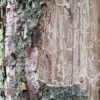Understanding How Seasonal Changes Effect Tree Health Care
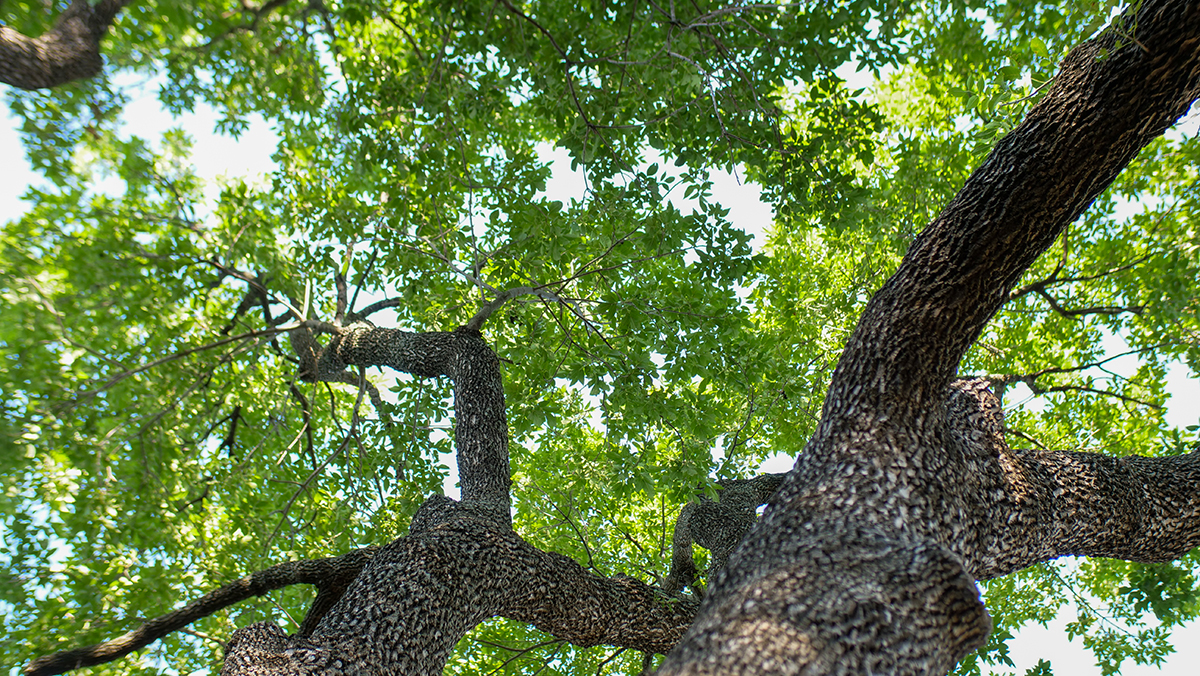
Trees are living organisms that respond to their environment, especially the shifting conditions brought by seasonal change. In North Texas, extreme weather, variable rainfall, and a wide variety of pests and pathogens present year-round challenges. Understanding how the needs of your trees evolve from season to season is essential for maintaining their health and beauty.
At Texas Tree Surgeons, we take a holistic and proactive approach to tree health care. Our Certified Arborists offer seasonal care plans that are tailored to your landscape, tree species, and soil type. Let’s walk through the unique pressures and opportunities presented by each season and how to care for your trees year-round.
Spring: Awakening and Growth
As days grow longer and temperatures warm, trees exit dormancy and begin a new season of growth. Spring is the ideal time to:
- Conduct soil testing and apply fertilizers to correct nutrient deficiencies
- Perform structural pruning, especially for oaks before Oak Wilt season (avoid pruning Feb-June)
- Apply preventative treatments for diseases like anthracnose and pests such as aphids or caterpillars
- Mulch to conserve soil moisture and regulate root temperatures
Spring is also the time to monitor for early signs of pests and diseases. Our Integrated Pest Management (IPM) plans focus on proactive inspections and the use of targeted, low-impact treatments to reduce risk and protect beneficial organisms.
Summer: Heat Stress and Pest Pressure
North Texas summers can be brutal, with prolonged heat and drought stressing even mature trees. Summer tree care should prioritize:
- Deep, consistent watering, especially during dry spells
- Early morning irrigation to reduce evaporation
- Mulching to conserve moisture and suppress weeds
- Monitoring for common pests such as borers, aphids, mites, and webworms
- Diagnosing and managing summer diseases like powdery mildew, cankers, and blights
Trees under heat stress are more vulnerable to insects and pathogens. That’s why our holistic approach includes soil care, watering plans, and precise applications by licensed TDA applicators who follow all state guidelines.
Fall: Transition and Preparation
As trees slow down and prepare for dormancy, fall offers a vital opportunity for restoration and protection:
- Prune dead or damaged branches to reduce disease and storm hazards
- Apply compost and organic matter to improve soil health
- Fertilize to replenish nutrients depleted during the growing season
- Plant new trees and shrubs for optimal establishment
- Prepare the root zone for winter by refreshing mulch
Fall is also ideal for clearing fallen leaves that may harbor overwintering fungal spores and pests. Composting fallen leaves can support soil health, but only if disease-free.
Winter: Dormancy and Planning Ahead
Though growth slows in winter, important tree care tasks continue:
- Inspect trees for structural issues while leaves are off
- Prune trees (except oaks) for shape, safety, and clearance
- Protect young or sensitive trees from freeze damage with wraps or covers
- Continue deep watering during dry periods to prevent root desiccation
- Remove fallen branches and dead wood to reduce disease spread
Winter also provides an excellent window to assess your landscape and plan treatments for the year ahead. Soil amendments, root collar inspections, and dormant season sprays can all be part of a strategic plan to ensure healthy spring growth.
Year-Round Tree Health Tips
No matter the season, the following best practices help maintain healthy trees:
- Adjust watering schedules to match seasonal needs
- Monitor soil moisture levels to prevent drought or overwatering
- Inspect for pests and diseases regularly
- Remove dead or dying branches as needed
- Apply mulch appropriately for insulation and moisture conservation
- Hire a Certified Arborist for expert assessments and care plans
A Holistic, Customized Approach to Tree Health
At Texas Tree Surgeons, we don’t believe in one-size-fits-all solutions. Every tree is different, and so is every landscape. That’s why our Tree Health Care programs are tailored to your trees, their species, the site conditions, and the challenges of each season. From managing Oak Wilt in spring to drought stress in summer and structural pruning in winter, we offer year-round support grounded in science and sustainability.
Let us help your trees thrive through every season

At Texas Tree Surgeons we love trees. We offer different tree health care plans all year long that are tailored specifically to your tree and soil type. There is no one fits all for tree health care and we are proud to provide a holistic approach to tree care.
Tree Health Care
View Photos of our ISA Certified Arborists & Tree Health Care Technicians Providing Consultation and Care

PREVENTATIVE EAB TREATMENT
If there is EAB activity within a few miles of where you live or property you manage we recommend preventative systemic insecticide treatment applied by a licensed TDA tree health care technician. EAB treatment lasts for 2 years and must be applied regularly to protect ash trees from infection.

OAK WILT TREATMENT
As oak wilt is a systemic, vascular disease, the most effective treatments consist of injecting the infected trees with a fungicidal chemical. The only currently recommended fungicide is Alamo®, a formulation of the fungicide propiconazole. The fungicide is administered through holes drilled in the root flare of the infected tree and should only be applied by Texas Department of Agriculture Licensed Applicators.

STRESSED MAGNOLIA | AFTER
This after photo was taken June 27, 2024 of a magnolia tree after receiving multiple interventions to improve its health. In addition to a tree health care plan of a deep root fertilization with Biopack plus and Sea3 applied by our TDA licensed technician the owner also fixed the irrigation and cleared the root flare. The difference in health is beautiful.

FERTILIZATION
Our Tree Health Care Programs are designed to deliver the right nutrients at the right times throughout the year. We use the highest quality soil conditioners and fertilizers that are delivered at critical points throughout the seasons to optimize the growth and health of trees.

DEEP ROOT INJECTION SERVICES
At Texas Tree Surgeons our deep root injection services provides fertilization deep into the soil. Our unique mixtures combine macro- and micro-nutrients, root growth stimulators, soil conditioners, beneficial biotics (both mycorrhizal fungi and rhizobacteria), and organic materials to cultivate the optimum natural growth environment.

ROOT PRUNING POST AIR SPADING
To correct this improperly planted tree our Tree Health Care Technicians air spade to expose the root flare and to prune away girdling roots. You can learn more about how to properly plant a tree here.

GIRDLING ROOTS
This tree was planted too deep and has several girdling roots (roots that circle the tree and do no flare out) that left unmanaged would eventually kill the tree. After air spading our Tree Health Care Technicians are pruning the roots and adjusting the soil around the tree to expose the root flare to improve tree health.

INSPECTING FOR POSSIBLE DECAY
Sometimes issues with a tree aren't clearly visible on the outside so an arborist will need to inspect the interior. An arborist does this by probing with a small knife to see how extensive the decay in a region of a tree is. Arborists are able to use this information along with other signs to determine if there are potential structural issues or possible increased chances for failure.

MEASURING DBH
The best way to approximate the size of a tree is to measure their dbh, (diameter, breast, height). This enables our arborists to estimate the amount needed for Tree Health Care products or pricing for Tree Removal.
Related Blogs
Similar blogs related to this topic

Top 10 Things We'd Tell You as an Arborist if We Weren't Afraid of Hurting Your Feelings
This is a list of tree care worst practices that you, or someone you know may be guilty of. Read the following list at your own risk. You’ve been warned, feelings may get hurt. 1.…
Read more
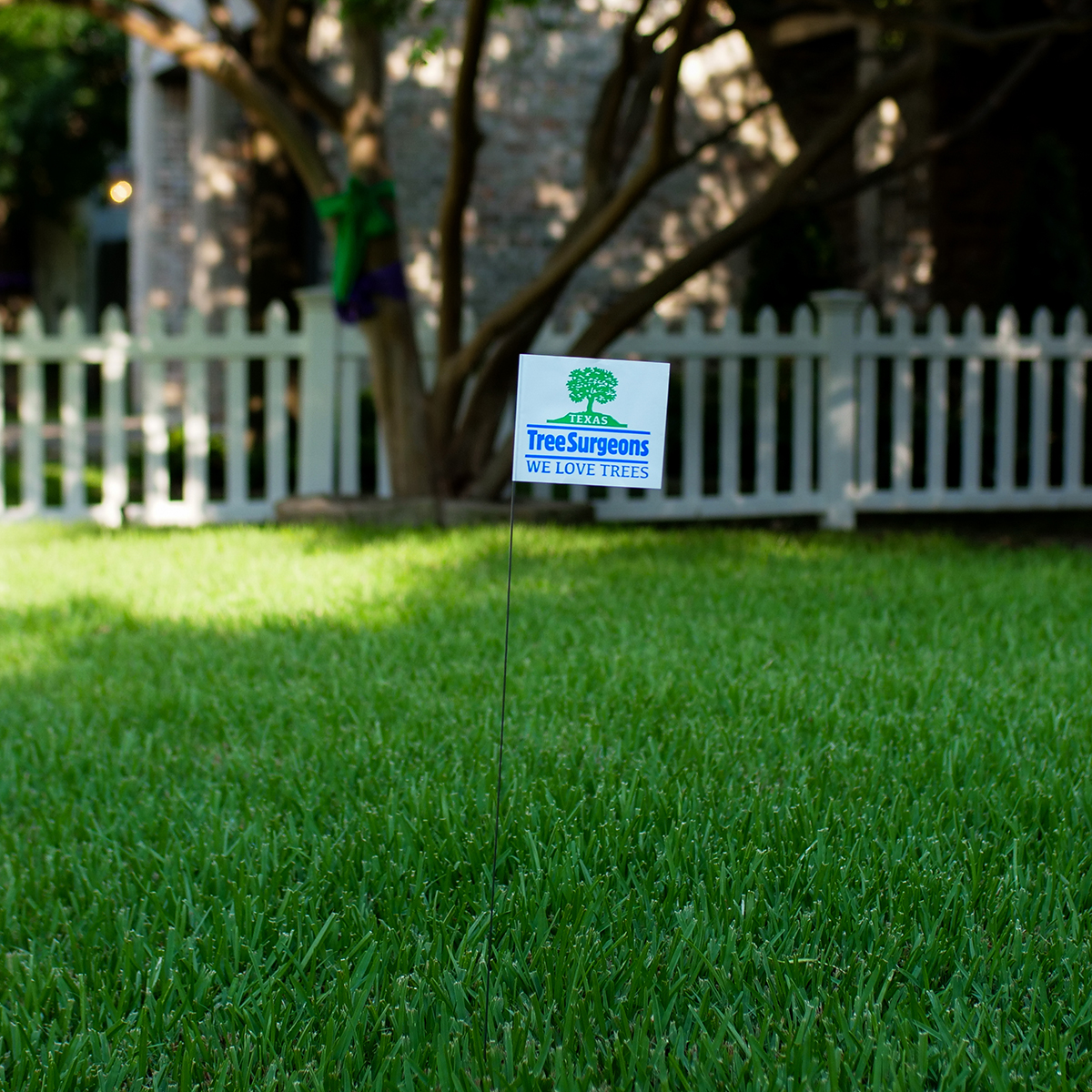
Avoid These Tree Care Mistakes for a Healthy Landscape
Below is a list of overlooked mistakes that could jeopardize the health of your trees. From missteps in pruning to incorrect watering practices, discover how to give your trees the care they deserve. Red oak…
Read more
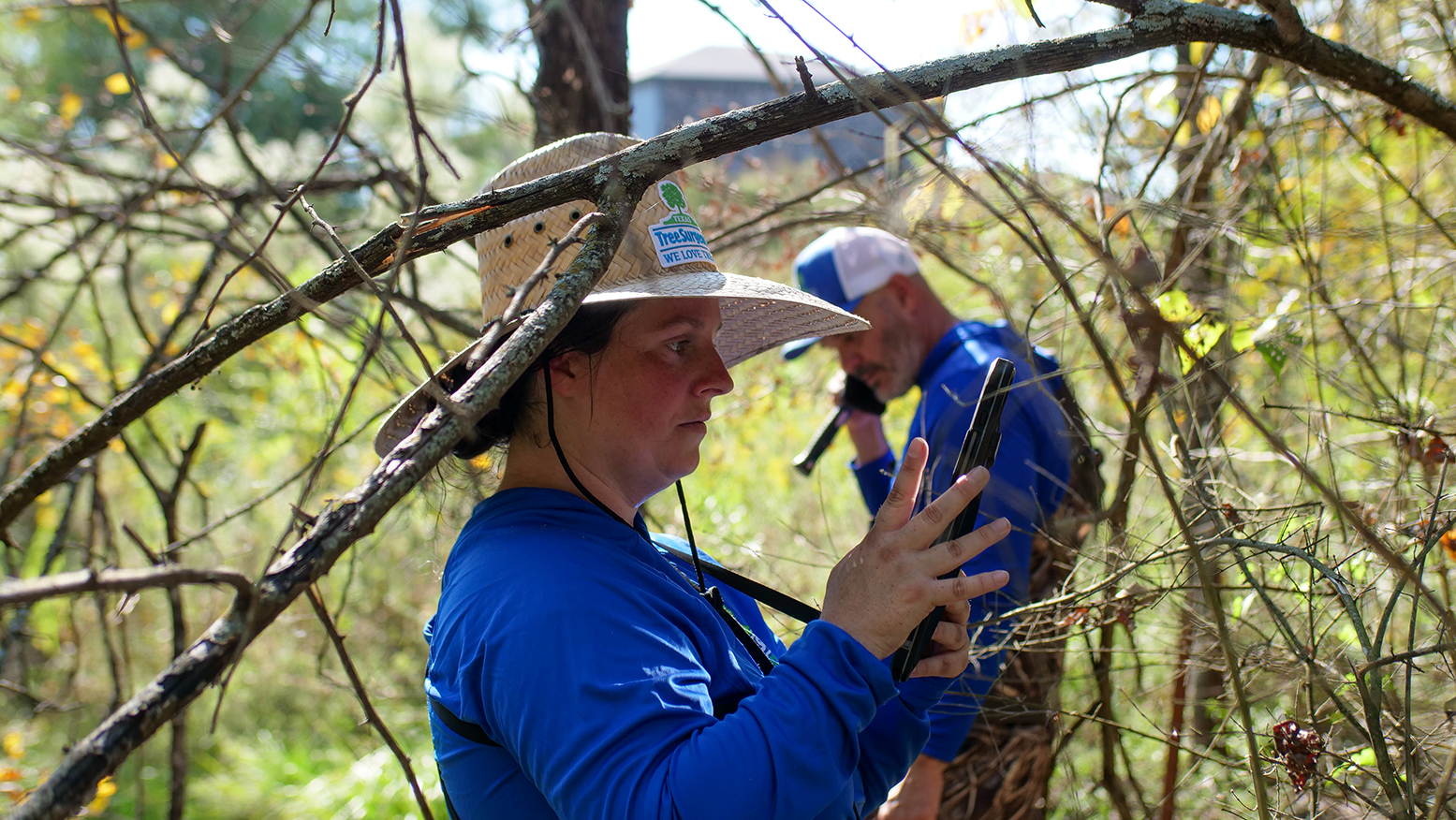
Why do Arborists Recommend Soil Sampling in Urban Areas like Dallas?
Soil sampling is a crucial practice in urban areas like Dallas. It helps arborists make informed decisions about your landscape to ensure a healthy urban ecosystem. Our native soils vary widely—from the dense clays of…
Read more